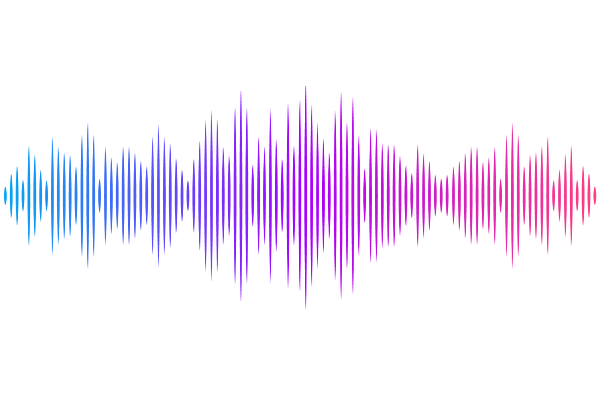Two brain systems for the perception of geometric shapes

Two brain systems for the perception of geometric shapes
Sable-Meyer, M.; Benjamin, L.; Watkins, C. P.; He, C.; Al Roumi, F.; Dehaene, S.
AbstractMany human cultures produce and enjoy geometric signs, a uniquely human trait whose neural mechanisms are unknown. We formulate and test the hypothesis that, beyond an evolutionarily ancient ventral visual circuit for object recognition, the perception of geometry also relies on an additional system encoding discrete regularities such as symmetries and parallelism. Functional MRI and magnetoencephalography, in adults and six-year-olds, supports this hypothesis: while classical convolutional neural networks capture the early visual activity evoked by geometric shapes, subsequent signals from a dorsal parietal and prefrontal network arise from a distinct representation of discrete mathematical features. Thus, the mere perception of a regular quadrilateral suffices to engage a mathematically oriented mode of perception, inadequately captured by current neural networks models.